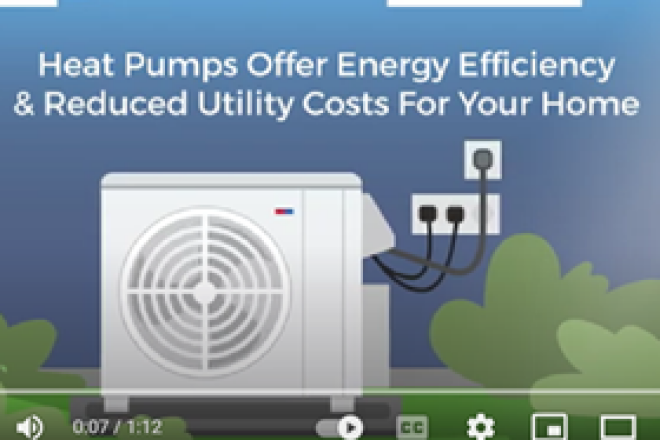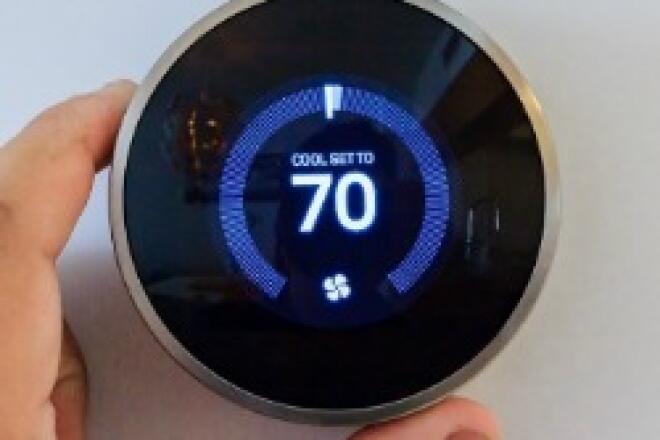
3 Things You Should Know About Demand Response
In an era of rising energy costs and growing concerns about grid reliability, power companies around the country are offering demand response programs to help consumers manage electricity use while supporting the stability of the electric grid.
These programs aim to reduce electricity usage during peak times – often around 3 to 8 p.m. – ensuring that supply meets demand and minimizing disruptions. Demand response might sound somewhat technical, but it’s fairly straightforward for participants and can offer some compelling benefits.
In this month’s blog, we look at three important things that you should consider when determining if a demand response program is right for you:
1. You can opt out when you don’t want to participate.
Except in some highly publicized instances, demand response programs are voluntary. You have the ability to opt in, and most programs provide the flexibility to opt out whenever you want. After enrolling, your power company may automatically adjust your thermostat or other connected devices during peak times to reduce electricity usage. For example, they may raise your smart thermostat by a few degrees during the hottest summer afternoons.
However, opting out is usually as simple as pressing a button on your device or in an app. If you’re home during an event and find yourself needing full use of your appliances or HVAC, you can override the adjustments without penalty in most programs – you just won’t reap the financial benefits of participating. Before signing up for a demand response program, always check with your power company on the process of opting out of a demand response event. This will help ensure that demand response works with your lifestyle.
2. Demand response is no longer just for the summertime.
Traditionally, demand response programs have focused on reducing electricity use during sweltering summer months – when air conditioners are running nonstop and the electric grid feels the strain. But the energy landscape is shifting, and with colder winters and an increased reliance on electric heating, many power companies are now using demand response programs to balance electricity consumption during winter months too.
This might involve lowering your heating slightly for short periods during peak demand times or shifting the use of energy-intensive appliances like a dishwasher or clothes dryer. Many consumers are finding it preferable to participate during winter months when you can just put on another layer of clothes. If you’re someone who values energy efficiency and reducing your carbon footprint, participating in winter demand response could be an impactful choice.
3. You can get some cash back on your bills while supporting the grid.
Why should you consider participating in a demand response program? It’s not just about helping your power company manage electricity use. There are tangible benefits for you and society as a whole. For starters, demand response programs come with financial incentives. You might receive rebates or bill credits simply for enrolling in the program and allowing your utility to make adjustments during peak times – some programs will even provide you with a free or discounted smart thermostat or electric vehicle charger if you agree to participate.
Beyond the personal financial savings, demand response helps stabilize the electric grid, reducing the risk of blackouts and improving reliability. When fewer households are using electricity during peak times, the grid operates more efficiently, which benefits everyone in your community. And on a larger scale, demand response contributes to a cleaner environment by reducing the need for utilities to rely on backup power sources during times of high demand.
Demand response programs are becoming an essential tool for power companies as they navigate the challenges of providing reliable, affordable electricity. If you’re interested in learning more, check with your power company to see what demand response programs are available in your area and what specific benefits they offer – you just might find that it’s a win-win for you and your community.



